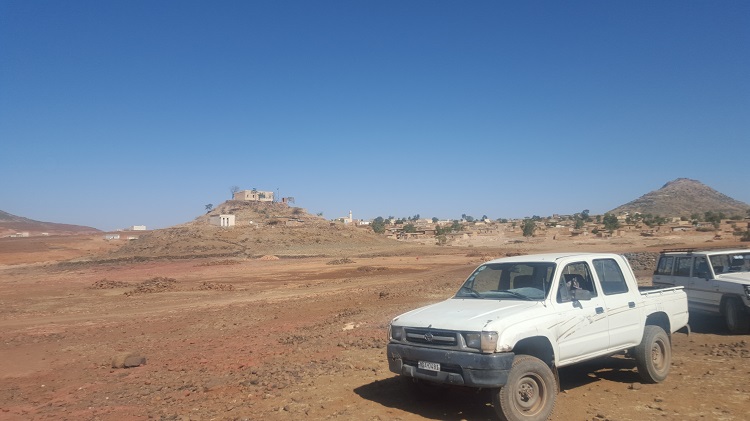British solar power developer Solarcentury has been selected to design and build two solar-powered mini-grids in two remote communities of East African country Eritrea.
The 2.25 MW project is backed by investment totalling €5.7 million, and draws upon funding from the European Union’s ACP EU Energy Facility (from a total pot of €8 million), the United Nations Development Programme Eritrea (€1.92 million) and the government of the State of Eritrea (€1.89 million).
Solarcentury will use solar PV panels and lithium-ion batteries to create the two mini-grids that have been designed to displace the diesel generators currently being used to bring power to the communities of Areza and Maidma.
These remote areas of the country have no power grid to speak of, and Solarcentury hopes that its mini grids – which will deliver clean, affordable and reliable electricity to up to 40,000 homes and businesses – will serve as a model for rural electrification right across Africa.
“Solar power and energy storage technology are increasingly the most cost-effective way to deliver clean reliable power to areas remote from the grid,” said Solarcentury’s director of hybrid power systems Daniel Davies. “This exciting project builds on the work we have done elsewhere in Africa and will demonstrate the amazing potential for solar to provide low cost reliable power in isolated areas.”
An Eritrean representative of the country’s ministry of energy and mines added that the hope is this project can be replicated across the country in order to mitigate the adverse effects of climate change in Eritrea while also proving a more affordable source of power for Eritreans.
The installations are expected to be finalized by early next year, Solarcentury said, with construction beginning in October. The developer embarked on a concerted East African development campaign in 2015, and has since installed the largest battery storage system+solar in the region – a $2.5 million project in Kenya – as well as the largest East Africa rooftop solar array, also in Kenya.
Around 75% of Eritrea's 6.3 million population has no access to grid power. The country receives 97.3% of all its energy from fossil fuel sources even though it has high levels of solar irradiation-
This content is protected by copyright and may not be reused. If you want to cooperate with us and would like to reuse some of our content, please contact: editors@pv-magazine.com.



By submitting this form you agree to pv magazine using your data for the purposes of publishing your comment.
Your personal data will only be disclosed or otherwise transmitted to third parties for the purposes of spam filtering or if this is necessary for technical maintenance of the website. Any other transfer to third parties will not take place unless this is justified on the basis of applicable data protection regulations or if pv magazine is legally obliged to do so.
You may revoke this consent at any time with effect for the future, in which case your personal data will be deleted immediately. Otherwise, your data will be deleted if pv magazine has processed your request or the purpose of data storage is fulfilled.
Further information on data privacy can be found in our Data Protection Policy.